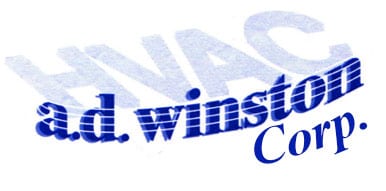Industry 4.0, also known as the Fourth Industrial Revolution, will revolutionize manufacturing and the production industry by integrating Internet of Things (IoT), data integration, cloud computing, and other technological advances into the heart of the production and manufacturing systems. There are many elements that go into Industry 4.0. Here we break them down to key concepts explaining what it is, where it came from, and what it means for the manufacturing sector.
Industry 4.0 is the next revolution in industrialization. The goal is to take all individual processes in computing, which factory machines perform, to their siloed systems and import them to the cloud. The workflow, upkeep, and management of every machine and series of machines will be done remotely in the Industrial IoT.
Two concepts are key in understanding the process: 1) the cloud computing and 2) the IoT. The cloud computing is connected to the internet and allows for remote access to services, apps, and stored data. IoT uses the cloud and automates processes in objects synced to the Internet, such as Internet-enabled automobiles and remote home lighting and shade systems. Industry 4.0 uses both cloud computing and IoT to take processes which are being managed internally by people and machines and move them to the cloud. Here they are managed from any place in the world.
The Fourth Industrial Revolution challenged the traditional way of manufacturing and production systems in factories that currently function with centralized and offline systems that are not interconnected. These factories may soon evolve into smart factories with the capability to the self-manage issues and internal processes. In return, manufacturing execution systems (MES) will determine how the factories run and function.
The History of Industry 4.0
Though industry experts disagree on how fast this evolution will occur, Industry 4.0, in one way, has been integrated in the manufacturing sector since 2011 as IoT. Coined in Germany at Hannover Messe, the world’s biggest industrial fair, it gradually emerged as a concept which not only set wheels in the motion but also leverages Germany’s engineering and manufacturing prowess. It will take the remaining world’s manufacturers with it.
Unlike revolutions in the past, there is still a long time until Industry 4.0 takes over. Germany still leads in developing the concept of Industry 4.0 with a significant amount of research, search queries, and coverage from the German sector; much greater than all the English-speaking divisions combined.
The Challenges of Industry 4.0
Industry 4.0 faces many challenges. The system needs enhancement and requires complete upheaval the current way factories work. It will change the way suppliers, analysts workers, and engineers work. In a new report from the business advisory firm, the BDO, Business Weekly estimated that, while UK manufacturers recognize Industry 4.0’s importance, only 8 percent of UK manufacturers have a significant understanding of the processes involved despite 59 percent recognizing that the Fourth Industrial Revolution could have the biggest impact on the sector. Lack of education can lead to lack of investment.
Beyond education, not all businesses can completely revolutionize or overhaul their systems. Some factories still have not caught up to the last industrial revolution; therefore, they should focus all their energy on practical and incremental approaches to improve their product and quality efficiency. Those who are somewhere in the crossroads will require bridging the gap by marrying technology that they already have with what is coming.
Not only machines that work in the cloud, but mountains of new data could be on its way. Non-industrial businesses face this challenge already – what to do with the piles of data we have collected and how to prioritize the most important parts.
DO YOU KNOW WHERE TO START?
It’s not as difficult as you think, when you have the right partner. Download a free brochure NOW! Smart Manufacturing doesn’t have to be complicated.





